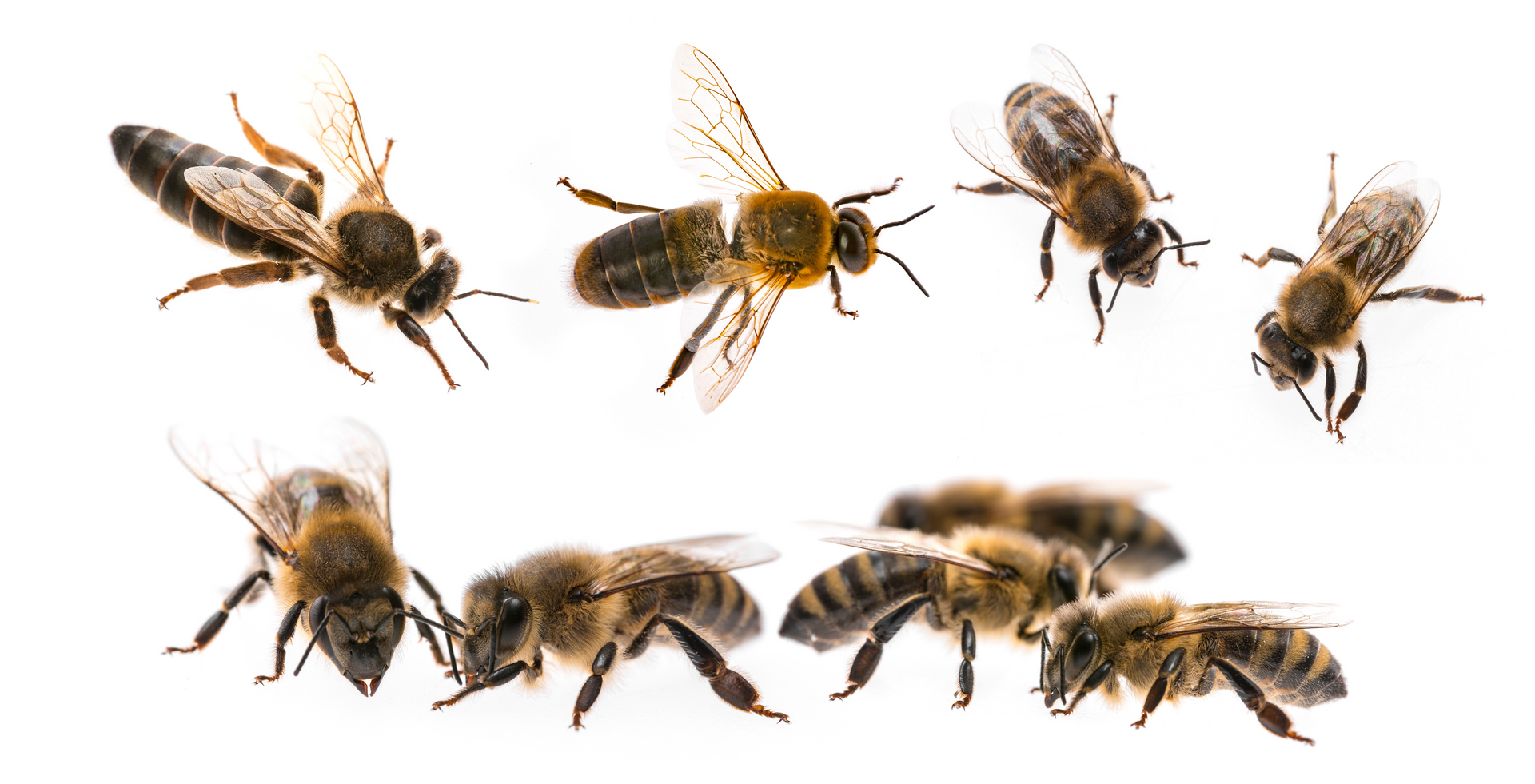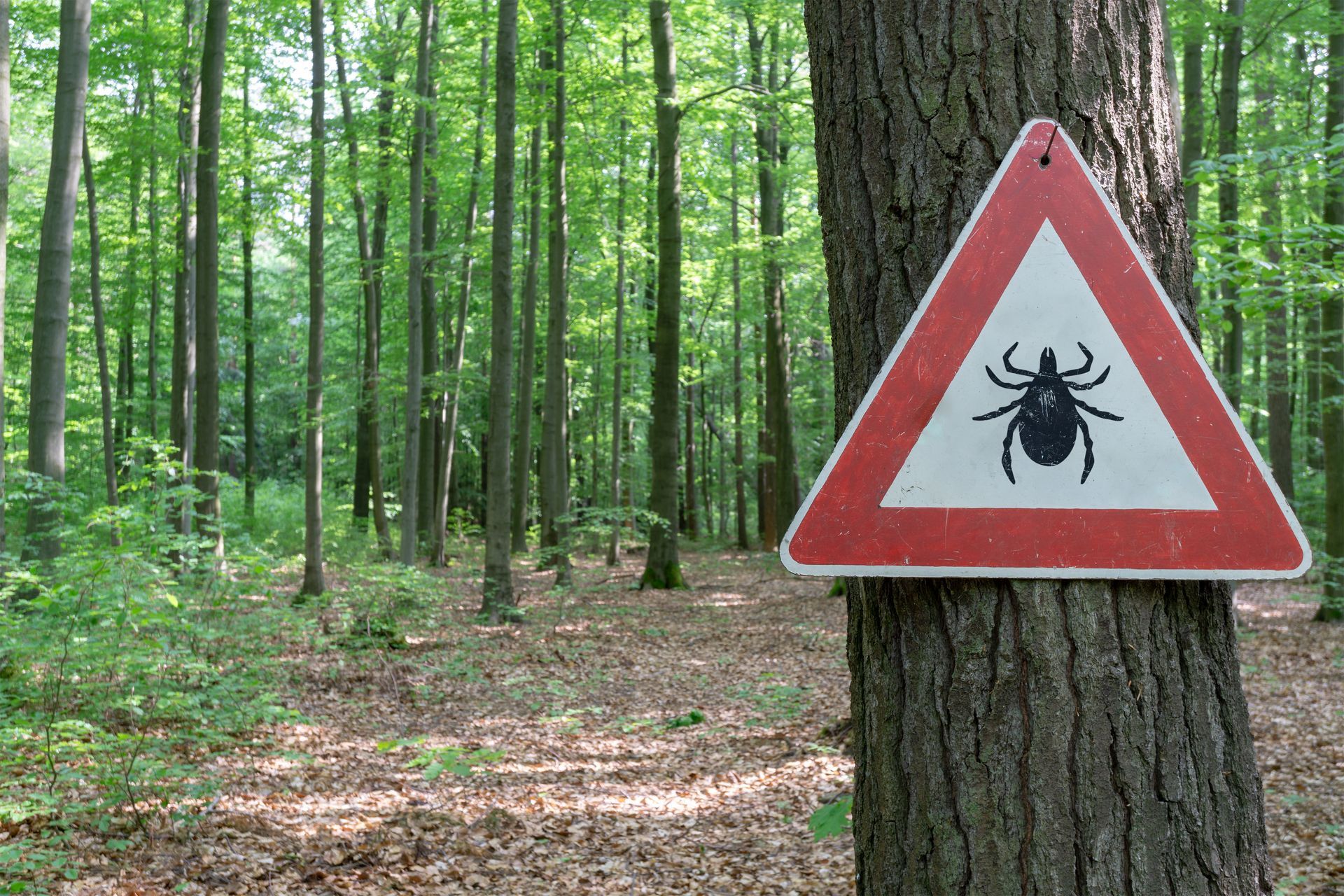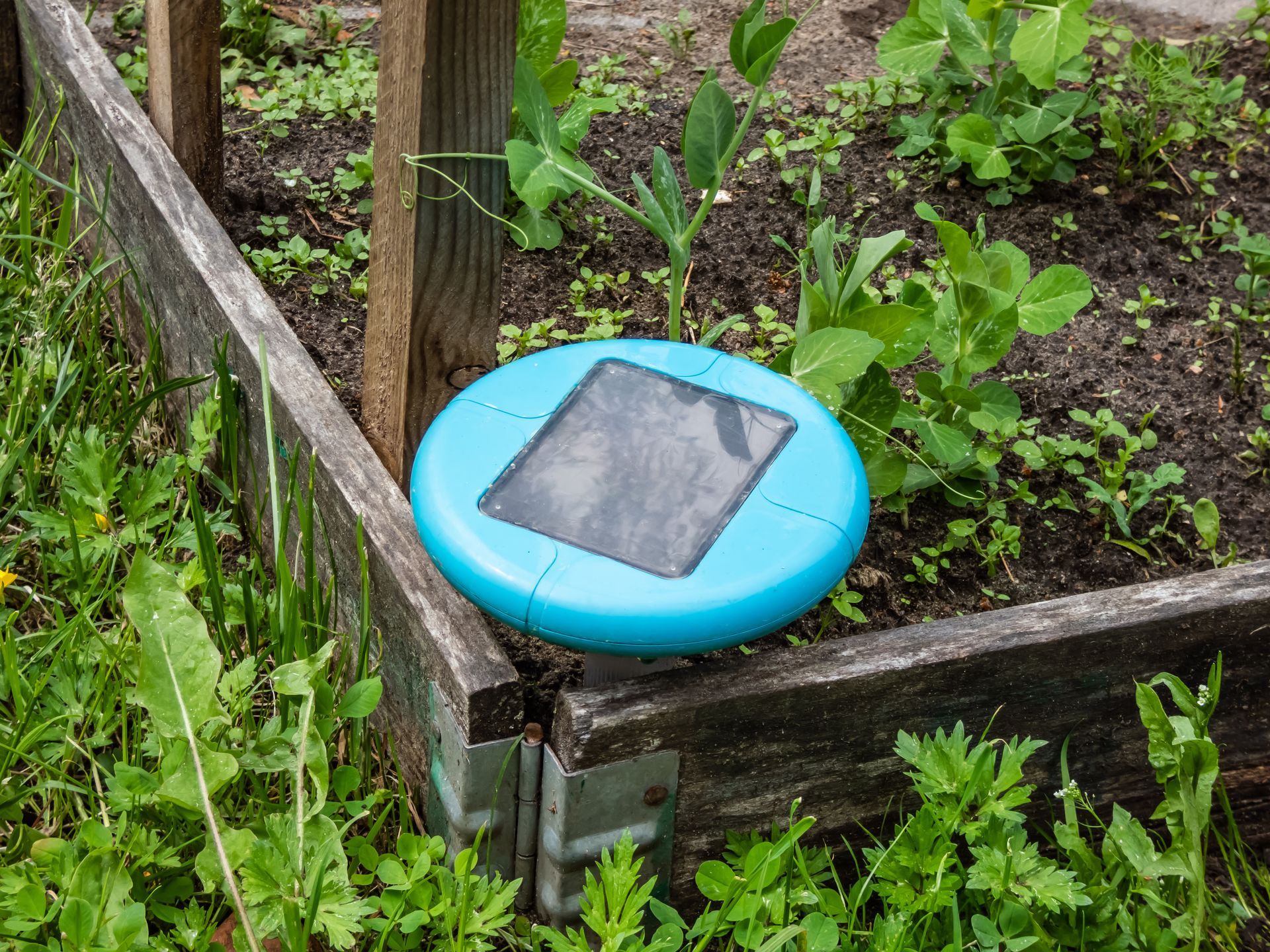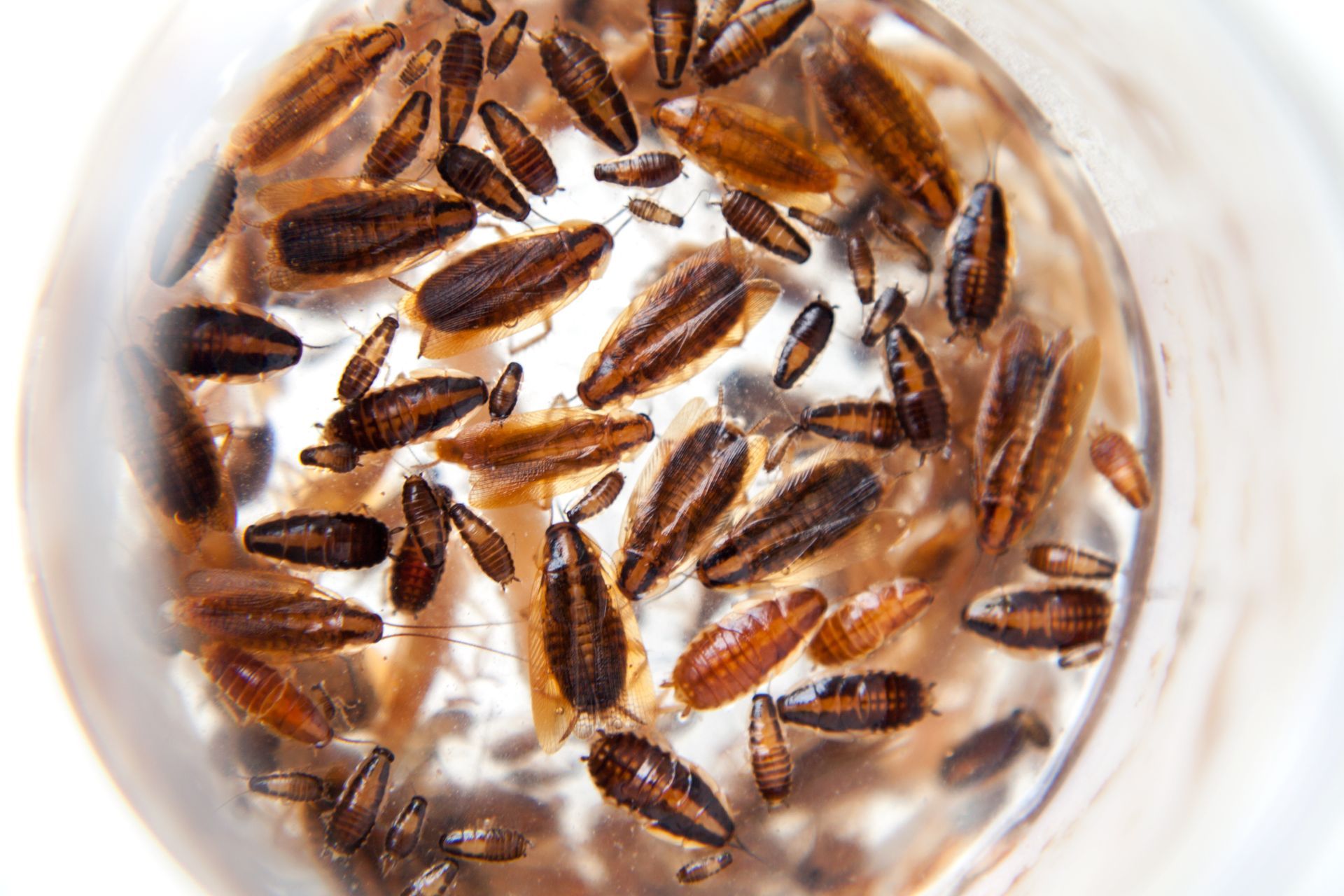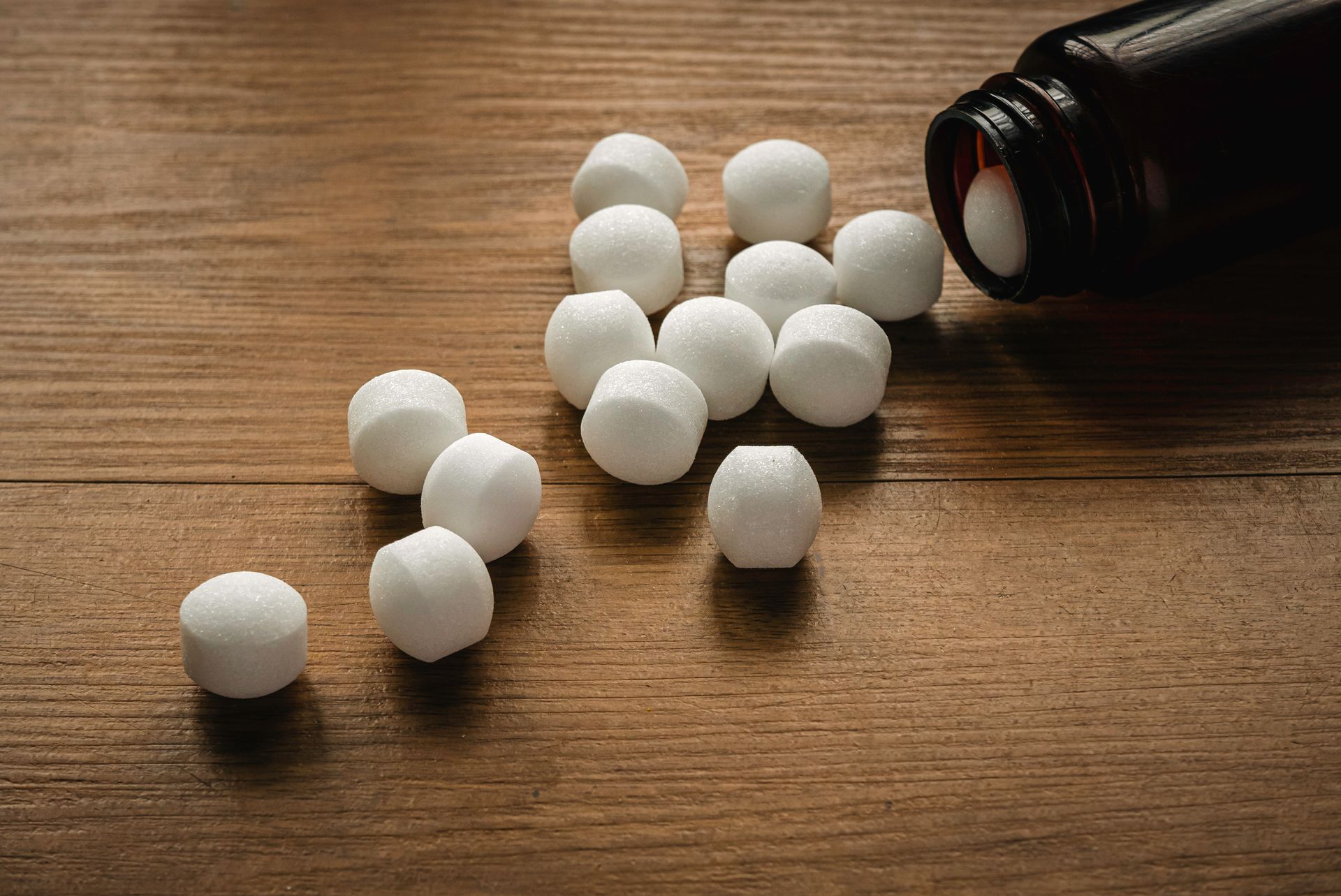What Do Stink Bugs Eat?
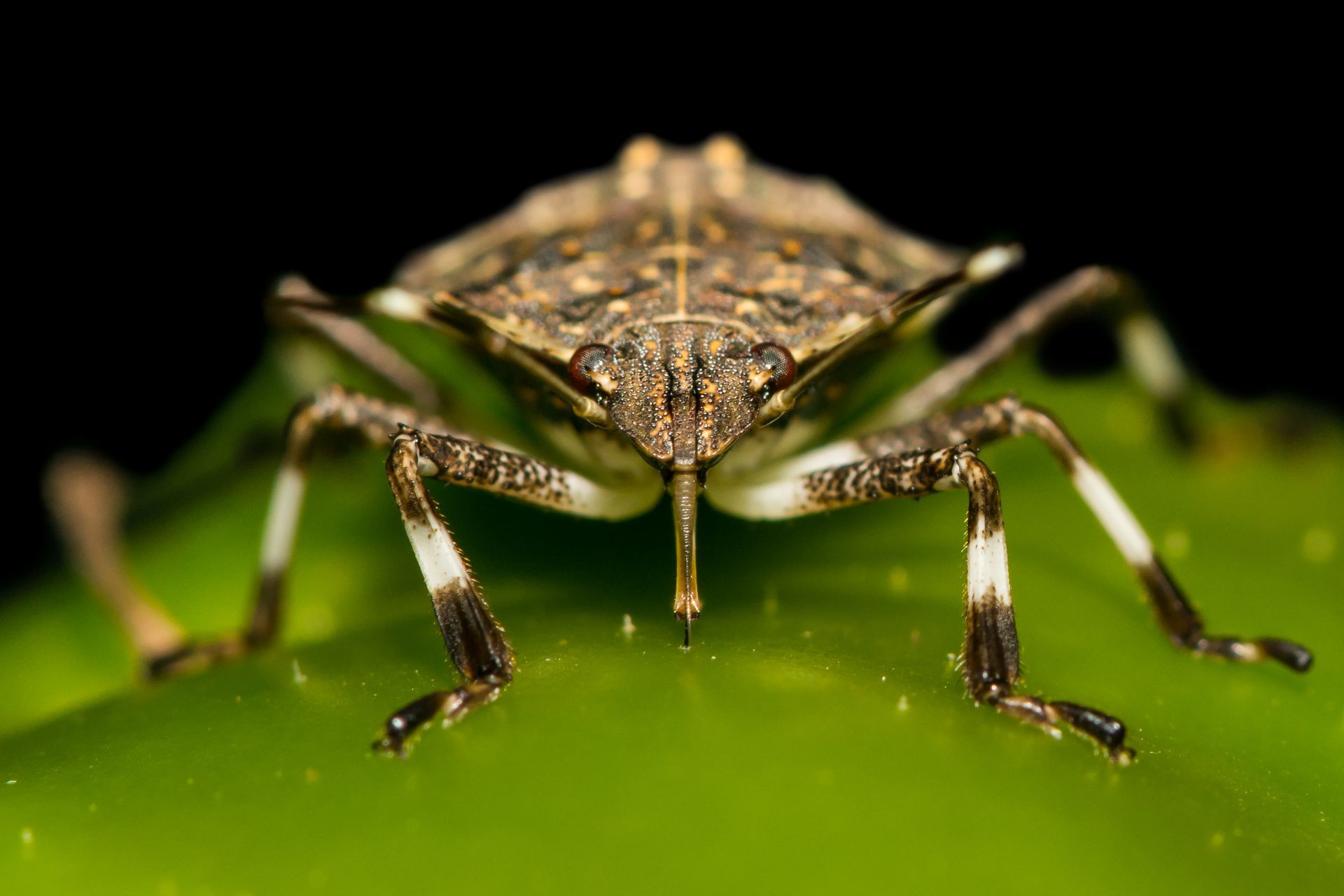
Have you spotted stink bugs around your home or property?
Stink bugs are about 2cm long and are usually green or brown-colored. The brown marmorated stink bug, which has a brown marble pattern on its back, is the main culprit behind stink bug infestations in the United States.
There are hundreds of different species of stink bugs, and each species may have slightly different dietary preferences. Some stink bugs may prefer a certain type of crop, while some can feed on other insects. However, most stink bugs feed on plants, fruits, or vegetables.
Primary Stink Bug Diet
Most stink bugs are “polyphagous,” which means they eat a wide variety of plants. Newly hatched stink bugs typically start off feeding on weeds and grasses. As they mature, adult stink bugs will start to devour most other types of produce they find. They aren’t picky eaters, but their diet can consist of pretty much any fruit or vegetable producing plants.
Here are the most common types of food eaten by stink bugs:
- Flowers (especially sunflowers)
- Maple Trees
- Magnolias
- Seeds
- Grains
- Apples
- Apricots
- Figs
- Peaches
- Pear
- Grapes
- Corn
- Berries
- Peppers
- Cucumbers
- Tomatoes
- Beans (especially soybeans)
- Okra
- Eggplants
- Pecans
- Rice
- Cabbage
- Field crops (especially cotton and sorghum)
- Ornamental plants (especially Eastern rosebud, holly, and mimosa)
Since they eat so many different types of crops, stink bugs can be major pests in farms, agricultural fields, orchards, vineyards, and gardens.
Agricultural Damage Caused by Stink Bugs
Stink bugs will congregate in fields and gardens due to the abundance of these foods. Such infestations can be harmful to the crops and fruit that these areas produce. Stink bugs can attack both the plant and fruit which means that the damage they cause can be extensive. When stink bugs target the stems and leaves of a plant, they can cause the plant to suffer which can reduce the yields of many plants. They can also bite directly into the fruit or vegetable. When they do that, they pierce the skin and inject saliva into the fruit or vegetable that kills the cells and causes the body of the fruit to bruise and decay.
The feeding results in the fruits developing spongey skin or tissue damage that eventually results in a scar on the surface of the fruit or vegetable. Most of these scars resemble a cat’s face—which is why stink bugs are sometimes called “cat-facing insects.” Bites from stink bugs also inadvertently weaken the fruit which allows other insects to enter and eat the fruit.
Do All Stink Bugs Feed on a Plant Diet?
The vast majority of stink bugs feed on plants, but there are a few species that do not. A few species of stink bug will eat other insects, including:
- Potato beetles
- Southern green stink bugs
- Velvet bean caterpillars
- Root weevils
- Eggs, larvae, and nymphs of hundreds of different insects
Farmers and gardeners consider these types of bug eating predatory stink bugs beneficial because they help to keep crop-destroying insects under control.
How Do Stink Bugs Forage and Hunt for Food?
Stink bugs are good at flying due to their large wings, and they’ll fly from one plant to the next eating what they can on each one. They use their antennae to feel and interpret the environment they’re exploring. However, they also have good eyesight and use it to navigate and search for food.
Stink bugs have mouths that can pierce fruits and vegetables to suck out juices and sap. When they do this, they inject saliva into the food that can be toxic to the fruit and produce.
Predatory stink bugs feed in the same way, but they suck the fluids from other living insects. These types of stink bugs are very good hunters and can eat prey larger than themselves.
What Do Stink Bugs Eat in the House?
Stink bugs are probably not in your home because they’re looking for food. They prefer to search for food in green, rural landscapes and are probably not going to wander into your kitchen unless they spot some vegetables through an open window.
Most stink bugs will enter your home only by accident or when they’re looking for shelter in the winter. Some species of stink bugs, like the brown marmorated stink bug, will seek warm, indoor areas to spend the winter while they enter a hibernation like phase. They might find their way into your home through openings or crawl spaces around your property.
However, when a stink bug enters your home, it probably won’t pass up the opportunity to feed on anything edible it comes across: ornamental plants, scraps of produce, fruits bowls, etc.
Do Stink Bugs Bite?
Stink bugs might look tough with their shield-like bodies, but the stink bug’s main defense is the unpleasant odor they release when they’re threatened. Their mouths aren’t structured to pierce human skin, so the most you have to worry about is the smell and potential damage they can cause. Stink bugs also don’t spread diseases, unlike the fleas that can infest your dog or cat.
However, some people may have an allergic reaction to the stink bug odor, which may cause a runny nose or dermatitis. The dermatitis might involve rashes, itching, or dry skin. If you have an allergic reaction to stink bug secretions, then it’s important you deal with an infestation as fast as possible and take steps to keep stink bugs out of your home.
If You’re Dealing With Stink Bugs, Call EcoGuard Pest Management
Stink bugs can wreak havoc on your crops, garden, and landscaping, and they can move into your home when the weather starts to cool. The best and fastest way to deal with a stink bug infestation is to call pest control professionals like the team at EcoGuard Pest Management. We can inspect your home for signs of stink bugs and potential entry points, determine the scope of the infestation, and figure out the most efficient way to get rid of any stink bugs from your property. We can also help you prevent the infestation from reoccurring in the future. Call our licensed stink bug control experts today protect your plants and your house.




